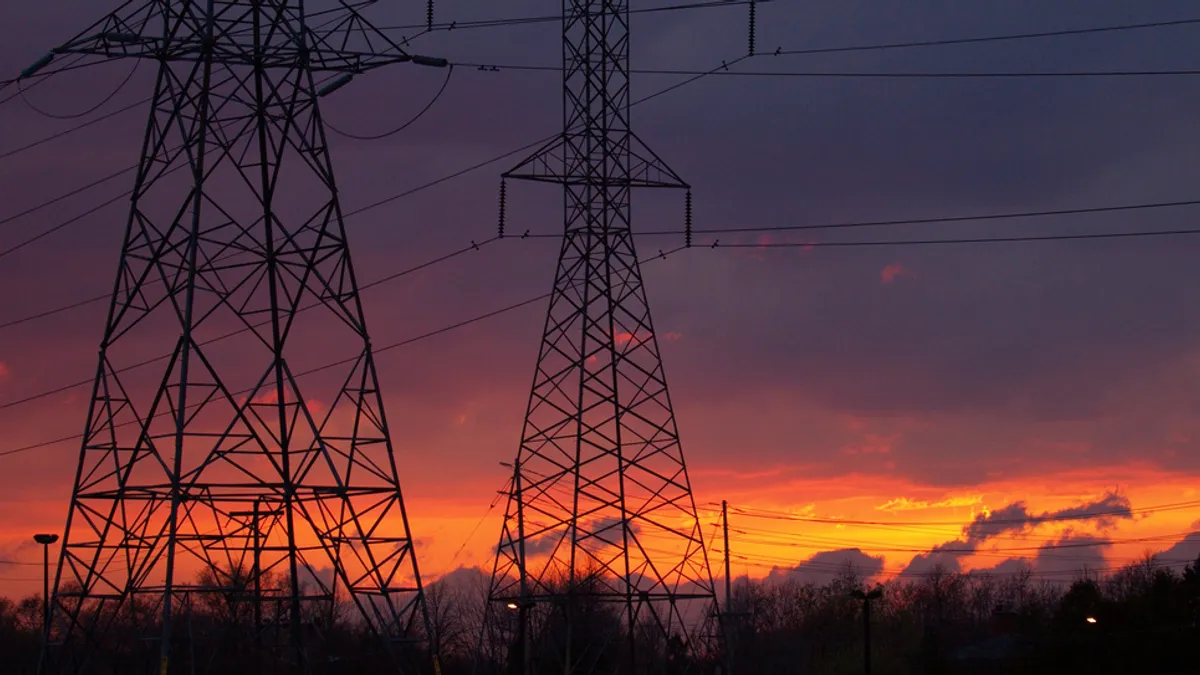Dive Brief:
- While sweltering temperatures typically mean rising air conditioning load for utilities, in the PJM Interconnection service territory the grid operator has not seen a corresponding rise in demand, Platts reported.
- Platts reports system-wide peak load hit 151,298 MW one day last month—the highest so far this year—but that demand was still about 4% below previous peaks from the past three years.
- Possible explanations for the the flattening demand could include the proliferation of distributed energy resources, including rooftop solar and energy efficiency, Platts noted.
Dive Insight:
Climate-wise, 2016 is shaping up to be a record year: The federal government says the first six months were the warmest on record in the modern era, dating back to 1880. But electrical demand isn't catching up.
It's not clear yet what caused the dip in PJM peak load, according to PJM Dispatch Manager Chris Pilong. Platts writes that he spoke at the PJM Operating Committee meeting this week and explained the three-month period from June to August was warmer this year than in any of the last three. Peak demand, however, failed to materialize.
Total load for that period, however, was higher than in 2013-2015. Possible explanations for the lower peak, however, include rooftop solar, distributed resources and efficiency.
PJM has certainly been investing in efficiency, at the transmission level. The operator's board in August approved more than $636 million in transmission projects that aim to strengthen the grid serving 61 million people, including the market's largest single efficiency project in its history.
AEP affiliate Transource Energy, Baltimore Gas & Electric and Allegheny Power will be responsible for most of the project construction, which aims to reduce transmission congestion across the Pennsylvania and Maryland border. Plans call for upgrading existing substations, construction of a pair of new substations, two new transmission lines and other improvements to existing lines.
"This is PJM's largest-ever market efficiency project, and we expect it will resolve a significant amount of the remaining transmission congestion in the eastern portion of PJM," said PJM President and CEO Andrew Ott.
Along with efficiency, cheaper natural gas has helped to depress power prices in the region, which includes 13 states and the District of Columbia.
Earlier this year PJM's 2019/2020 capacity auction netted 167,306 MW, but at prices below what many anticipated. The clearing price was $100/MW-day for the majority of the territory, down from $164.77/MWd in the last auction. PJM said energy efficiency was in part responsible for the lower prices, in addition to the impact of low natural gas prices. About 1,500 MW of efficiency resources cleared the auction, with 1,058 MW clearing as capacity performance, a designation that carries stricter delivery standards.














